|
A number of different animals have been given Christmas-themed names. For example, the candy cane shrimp. Although not an animal, there is the common house plant called the Christmas cactus. Christmas Island, an Australian territory in the Indian Ocean, has several animals with Christmas names, such as the Christmas imperial pigeon, the Christmas frigatebird, and my favorite, the Christmas boobook (sometimes called the Christmas hawk-owl). The Christmas tree worm got its name because it has two "crowns" that stick up, looking very much like two tiny Christmas trees. What the heck is a Christmas Tree Worm? Christmas tree worms (Spirobranchus giganteus) are marine worms that live on coral reefs in tropical areas around the world. They are polychaetes, which are segmented, burrowing worms. They attach themselves to the coral then grow a hard, calcium carbonate tube around their body for protection. The tube attaches to the coral. and the coral often grows around the tube. The worm never leaves that spot for the rest of its life. Their flowery crowns come in a variety of colors, and the worm's body is only about 1.5 inches (3.8 cm) long. Although they are small, these worms are easily spotted when they have their crowns protruding from their coral burrow. Check out the variety of colors below. Amazing Facts about Christmas Tree Worms First, let's talk about those beautiful Christmas tree structures. Maybe it's just me, but these structures look like something from a Dr. Seuss picture book. But what are they? The two crowns are highly specialized mouthparts called palps. They help with feeding and with getting oxygen from the water. Each of those spiral appendages is covered with feathery tentacles. The tentacles have numerous, tiny, movable, finger-like structures called cilia. When planktonic prey animals get caught in the tentacles, these cilia move the prey down into the worm's mouth. Although the Christmas tree crowns are mainly used to capture prey, they also help the worm breathe. Therefore, the crowns are often called gills, but that's not really a correct name. When threatened, Christmas tree worms can pull these crowns into their burrow really fast, within just a few milliseconds. Once their feathery plumes are pulled inside their tube burrow, they move another modified mouthpart called an operculum into place over the opening. The operculum is hard and serves as a protective hatch, making the worm safe in its burrow. Check out this beautiful video showing numerous Christmas tree worms emerging from their tubes. If you watch closely you can see the operculum moving aside as they emerge. Amazingly, Christmas tree worms can live for 40 years or more, particularly in pristine, unpolluted coral reefs. Let's consider how these worms reproduce. Keep in mind that they stay in their tube their entire adult life, so they cannot crawl around to find mates. Because they're anchored to one spot, they've developed a specialized way to sexually reproduce. The females simply release unfertilized eggs into the water, and the males release sperm into the water. The water currents carry the eggs and sperm away. If the worms are lucky, some of the sperm will meet some of the eggs. This method of reproduction is called broadcast spawning. Once an egg is fertilized, it becomes a larva very quickly, within 24 hours. The larvae drift around with all the other plankton for 9 to 12 days as they grow. When it's time to settle down, they attach to a coral rock and start growing their hard calcium carbonate tube, in which they will live out their life, eventually starting the life cycle all over again be releasing eggs or sperm into the water. Although the worm itself is only 1.5 inches (3.8 cm) long, the tube it constructs is often 8 to 10 inches (20 to 25 cm) long. So, even though they stay inside their tube, I guess they have at least a little room to move around. The most common predators of Christmas tree worms are shrimp, crabs, and sea urchins. Some fish also feed on them. Usually, though, these predators only bite off the tree-like crowns. When that happens, the worms can regrow their crowns in a few weeks. Christmas tree worms are often collected by humans because their bright colors make them desirable to aquarium enthusiasts. That's a relatively minor threat to the population, though. Not surprisingly, the biggest threat to these worms is the destruction of coral reefs due to pollution and climate change. So, the Christmas Tree Worm deserves a place in the P.A.H.O.F. (Posh Animal Hall of Fame). FUN FACT: The origins of the word posh are somewhat uncertain. Some sources claim it is an acronym for port outward, starboard home, which was used to describe the shipboard accommodations of wealthy Victorians traveling aboard P & O Lines to India and back (to keep their cabins out of the sun). However, there isn't much evidence of this. More likely, the word came from the slang posh, which was used among thieves to describe a "dandy" with money (a good target for theft). Anyway, particularly in the UK, the word came to mean "smart, elegant, or fashionable." Considering the beautiful appearance of the Christmas tree worm's crowns, I think this word fits nicely. So, posh is another way to say awesome! Photo Credits:
- Christmas tree worm #1, orange crowns - DepositPhotos - Christmas tree worm #2, yellow crowns - DepositPhotos - Variety of Christmas tree worms on coral - Nhobgood Nick Hobgood, CC BY-SA 3.0, via Wikimedia Commons - Christmas tree worm #3, blue crowns - Betty Wills, CC BY-SA 4.0, via Wikimedia Commons - Christmas tree worm #4, red and white crowns - DepositPhotos
0 Comments
Leave a Reply. |
Stan's Cogitations
Everyone needs a creative outlet. That's why I write. Archives
July 2024
|

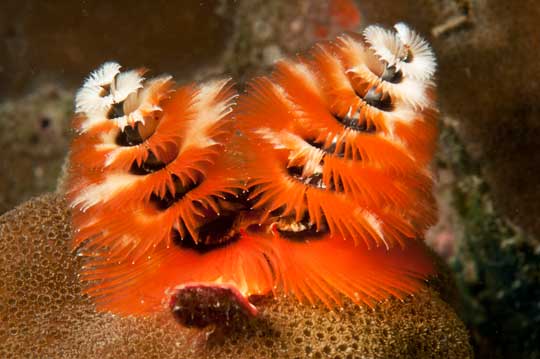
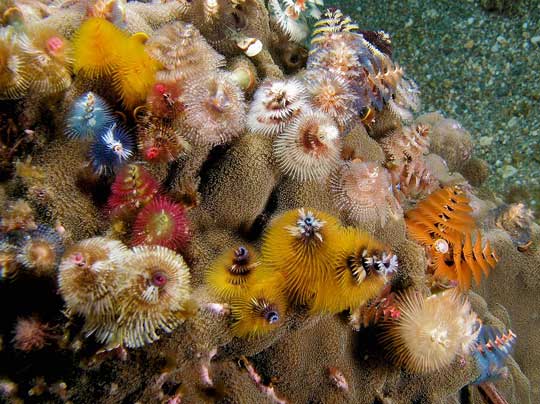
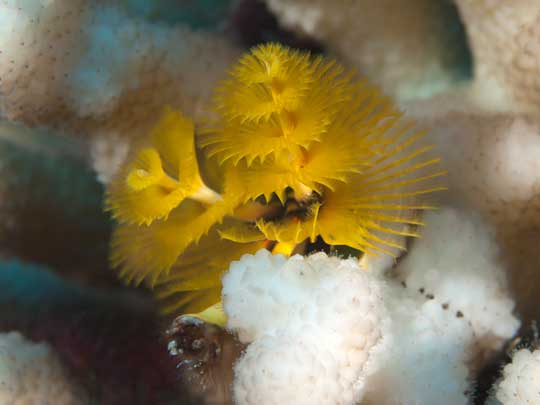
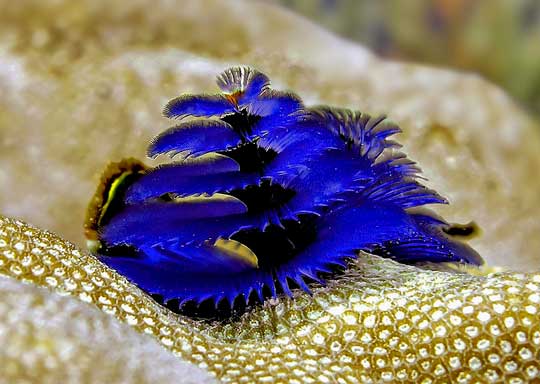
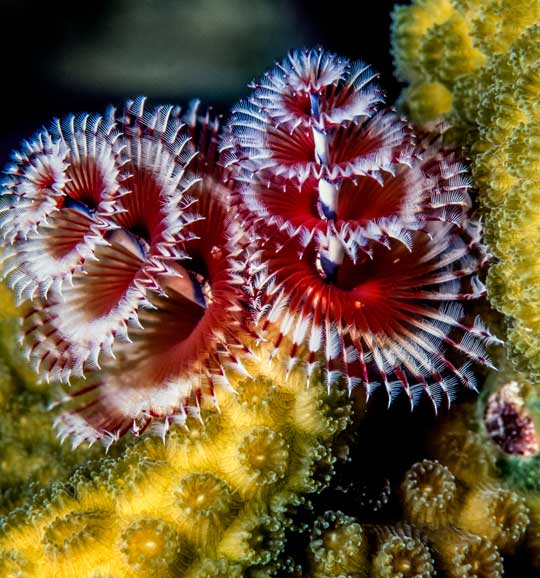
 RSS Feed
RSS Feed